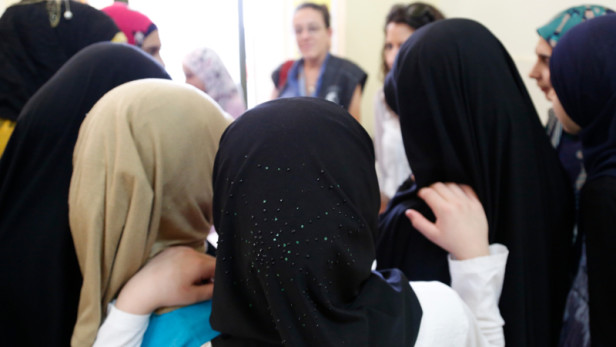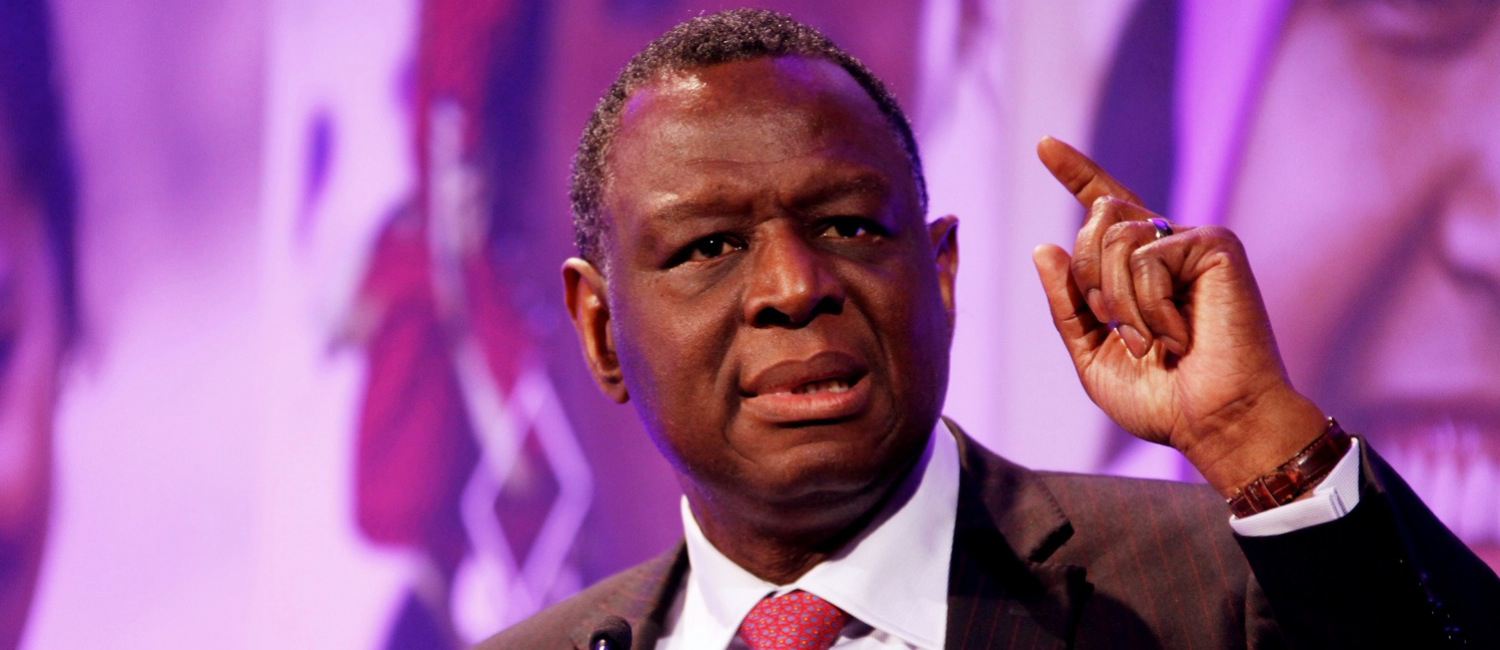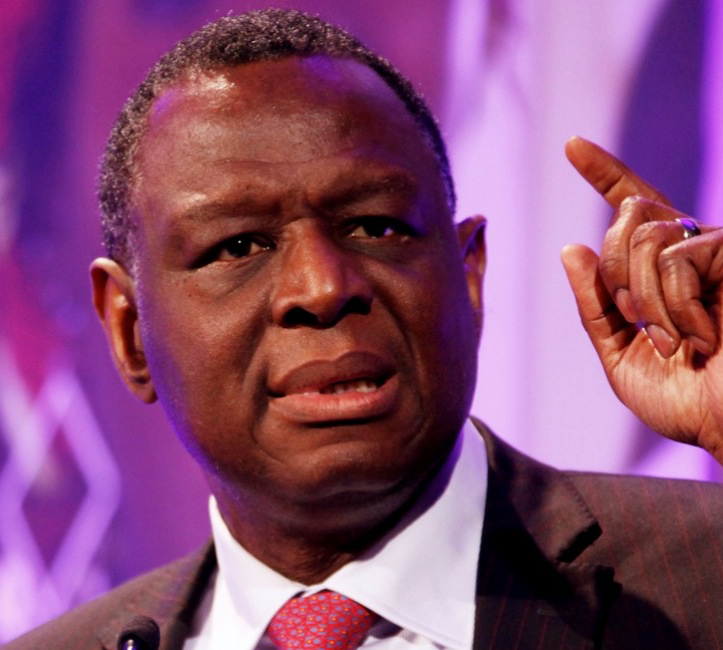As leaders meet for the Syrian donors conference, after five years of conflict, more than half of all Syrians have been forced to flee their homes. Over 13 million remain inside the country, and 4.7 million have crossed seas and borders in search of safety and opportunity. Among those affected are more than 5 million Syrian women and adolescent girls of reproductive age, of whom 430,000 are pregnant.
Even in peaceful times, it can be difficult to carry a baby and have a safe delivery. But inside a war zone with air strikes and snipers, on a boat with smugglers, or in a refugee camp, being pregnant is truly daunting.
In every emergency, the risks to women and girls increase as access to health services decline. And this risk is only exacerbated by gender inequality and gender-based violence, including sexual violence and exploitation. Another risk is child marriage, which is now being used as a common coping mechanism by desperate parents in Syria, who fear for the safety and well-being of their daughters and marry them with the goal to protect them from harm and provide them with food and other necessities.

“Protecting the rights of women and young people and putting an end to gender-based violence is everyone’s responsibility.”
— Dr. Babatunde Osotimehin, executive director of UNFPA
Photo: Syrian and Lebanese girls huddle in a group discussion about early marriage at a community center in southern Lebanon. The health, rights and dignity of women and adolescents should not be treated as an afterthought in humanitarian action.
Photo courtesy of: Russell Watkins / DfID / CC BY
As donors gather in London, I appeal to them to pay increased attention to the urgent needs and rights of women and adolescent girls from Syria. Girls like 14-year-old Haneen who lives with her parents and 11 siblings — all of them below the age of 13 — in a tent in Nabatiyeh, Lebanon.
Haneen is divorced, pregnant and scared, wondering what awaits her and her baby to come. Haneen needs health care, information and psychological support to help her cope with pregnancy and delivery at her young age. My colleagues met her at a health center that we support, where her mother said she would not have been able to afford a doctor had it not been for the United Nations Population Fund’s services that are delivered free of charge. Social workers at the center reached out to both Haneen and her mother, and they have recently started individual and group counseling.
For an adolescent girl like Haneen who is about to deliver, or a woman who went through an ordeal such as sexual violence, life-saving services such as being able to deliver in a clean medical environment, or finding support after a violent incident, are as vital as water, food and shelter. Yet these services are rarely a priority for donors or prime stories for the media, and they unfortunately remain underfunded and under-reported.
The health, rights and dignity of women and adolescents should not be treated as an afterthought in humanitarian action.
Evidence points to the urgent need for a stronger response. The focus group discussions and interviews that we conducted inside Syria in the last quarter of 2015 reveal that gender-based violence, including sexual violence, is a top protection priority, and child marriage is now common throughout Syria, with the ages of girls getting younger as unemployment and insecurity rise and the situation continues to deteriorate.

Among the 1.6 million displaced women and girls inside Syria, an estimated 360,000 are pregnant. And 1.1 million women and girls are in hard-to-reach or besieged areas, where access to reproductive health care and to measures that can prevent or respond to violence are scarce or nonexistent.
Active conflict, shifting front lines, lack of adequate security, attacks on aid workers and health facilities, and deliberate obstruction and interference by warring parties make effective relief efforts difficult, despite two United Nations Security Council resolutions that expressly refer to humanitarian access.
Despite these obstacles, UNFPA, for example, has worked with partners and communities to deliver aid to those in need, including through cross-border operations, and we have reached women and adolescent girls, as well as youth, through our various medical, psychosocial and even recreational activities.
In Jordan, in Zaatari camp alone, 5,000 babies were delivered safely in a UNFPA-supported clinic, without a single maternal death. We also support 148 women’s centers and safe spaces in Syria and Jordan, Lebanon, Iraq, Turkey and Egypt, where women and young people can seek group and individual counselling and learn life skills while meeting others who are going through similar experiences. Many women we spoke to assured us that the hours they spent in these safe spaces helped them face the harsh reality of their daily lives.
While the world speaks about a “lost generation” of Syrian youth, we reach out to young men and women in Syria and in neighboring countries, with educational activities to empower them as active agents in their communities.
Protecting the rights of women and young people and putting an end to gender-based violence is everyone’s responsibility. Ensuring women and girls have access to the kind of medical and psychological care and services they need is not a luxury. Neither is giving young people the possibility to build a future. More often than not, these interventions are lifesaving.
